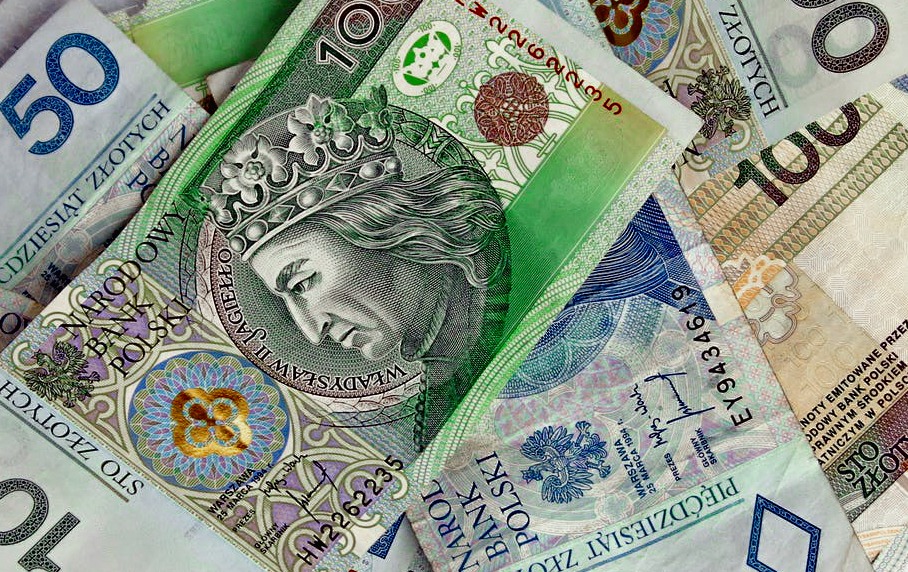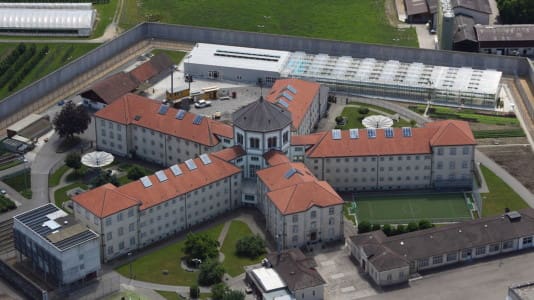The Monetary Policy Council (RPP) has decided to increase interest rates for the fourth time in a row. The main interest rate went up by 50 basis points in Poland and will now be 2.25 percent, up from 1.75 percent, which is the highest it has been in seven years. The rate increases will lead to loan installment payments going up.
Prior to the ongoing series of increases, the main rate amounted to only 0.1 percent and was the lowest in Polish history. Now, it has overtaken even the interest rate from prior to the pandemic (1.5 percent) and is the highest since October 2014, when the central bank decided to cut interest rates from 2.5 to 2 percent.
The goal of increasing interest rates is to stifle inflation, and to ensure that price growth is not close to 8 percent but instead 2.5 percent per year, which is the goal outlined by the National Bank of Poland.
The higher the interest rates, the higher the interests on loans in banks and the higher the cost of lending money. The move is expected to reduce the amount of money circulating in the Polish economy, with the intended purpose to limit spending and reduce the price growth pressure facing Poland.
It is worth pointing out that the RPP has been previously criticized by many economists for its delayed response to growing inflation. Now, in January, it had not waited for the scheduled deliberation session, which was to take place on Jan. 12.
In this way, the RPP has gotten ahead of the upcoming publication of initial December inflation calculations.
If economists’ forecasts are to be believed, then it will turn out that inflation in Poland has exceeded 8 percent for the first time in 21 years and may be as high as 8.3 percent (compared to 7.8 percent in November).
The Polish government is preparing new measures to offset the impact of rising prices of gas and electricity for citizens, spokesman Piotr Müller said on Monday.






